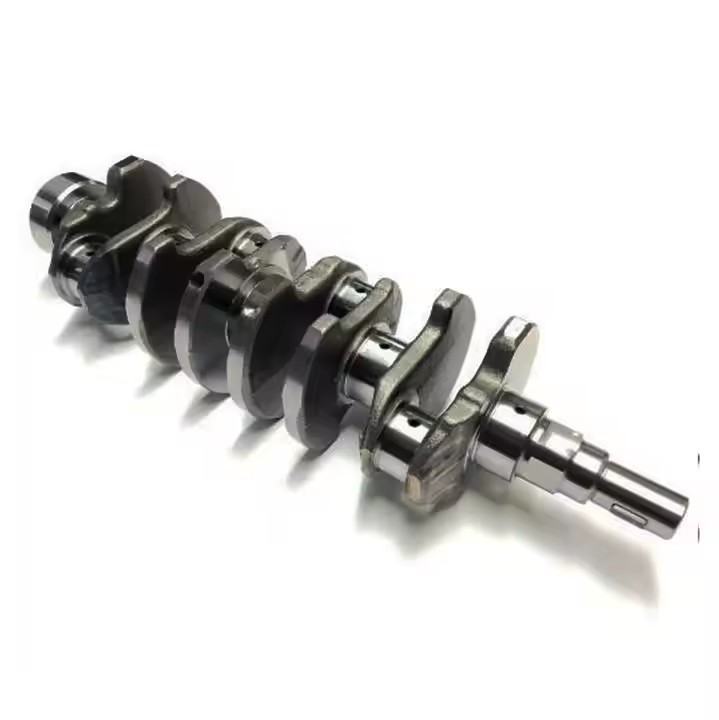The Challenge of Crankshaft Wear
Crankshaft wear is a common issue that plagues the automotive industry. As engines run, the crankshaft experiences significant stress and friction, which can lead to surface degradation and reduced performance. To address this challenge, engineers have turned to advanced surface treatment technologies to enhance crankshaft wear resistance.
Thermal Spray Coatings
Thermal spray coatings are one such technology that has shown great promise in improving crankshaft wear resistance. These coatings involve applying a layer of material to the crankshaft surface using a high-temperature process. The resulting coating is highly resistant to wear and can significantly extend the lifespan of the crankshaft.
Types of Thermal Spray Coatings
There are several types of thermal spray coatings, each with its own unique properties and benefits. Some of the most common coatings used for crankshafts include:
- HVOF (High-Velocity Oxy-Fuel) Coatings: HVOF coatings are known for their high hardness and excellent wear resistance. They are often used in high-load applications where durability is critical.
- Plasma Spray Coatings: Plasma spray coatings offer good adhesion and can be applied to a wide range of substrates. They are often used in applications where corrosion resistance is a concern.
- Detonation Gun Coatings: Detonation gun coatings are characterized by their high deposition rates and low cost. They are often used in applications where thick coatings are required.
Laser Surface Treatments
Laser surface treatments are another promising technology for enhancing crankshaft wear resistance. These treatments involve using a laser to modify the surface of the crankshaft, creating a highly wear-resistant layer. Laser surface treatments offer several advantages over thermal spray coatings, including:
- Improved surface finish
- Enhanced fatigue resistance
- Reduced distortion
Common Laser Surface Treatments
Some of the most common laser surface treatments for crankshafts include:
- Laser Hardening: Laser hardening involves using a laser to heat the surface of the crankshaft, causing it to harden and become more wear-resistant.
- Laser Cladding: Laser cladding involves using a laser to melt a powdered material onto the surface of the crankshaft, creating a wear-resistant coating.
- Laser Shot Peening: Laser shot peening involves using a laser to create a compressive residual stress layer on the surface of the crankshaft, improving its fatigue resistance.
Practical Applications and Considerations
When it comes to implementing surface treatment technologies for crankshaft wear resistance, there are several factors to consider. These include:
- The specific requirements of the application
- The material of the crankshaft
- The cost and availability of the technology
By carefully evaluating these factors, engineers can choose the most effective surface treatment technology for their needs and achieve optimal performance and durability.
The Future of Surface Treatment Technologies
As the demand for more efficient and durable engines continues to grow, the development of advanced surface treatment technologies is likely to remain a key area of focus for the automotive industry. By staying up-to-date with the latest advancements and incorporating these technologies into their designs, engineers can ensure that their engines are able to meet the challenges of the future.
How Our Products Can Help
At our company, we specialize in providing cutting-edge surface treatment technologies for a wide range of applications, including crankshaft wear resistance. Our team of experts can help you choose the right technology for your needs and ensure that it is implemented effectively, allowing you to achieve optimal performance and durability.
For more detailed information, please visit our official website: https://www.obfe.cn
Interactive Questions
1. Have you ever experienced issues with crankshaft wear in your engines? How did you address them?
2. Are you currently using any surface treatment technologies to enhance crankshaft wear resistance? If so, which ones?




